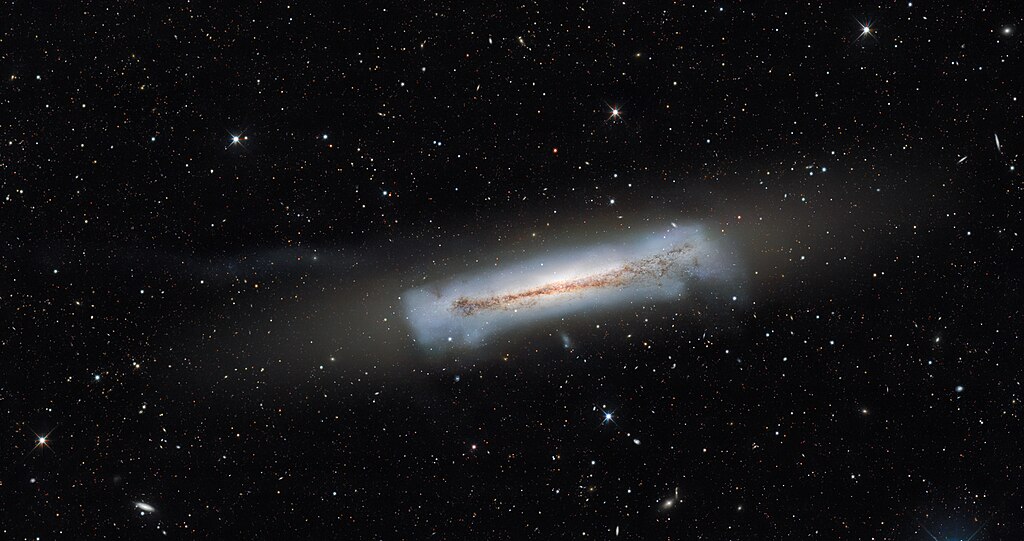A group of astronomers using the Gemini Observatory recently solved a long-standing galactic mystery: how ultracompact dwarf galaxies (UCDs for short) form.
We’re all familiar with spiral galaxies, spiral galaxies, and elliptical galaxies, but there are many other types as well. Discovered only twenty years ago, these objects belong to a lesser-known class and are among the densest objects in the universe. It is smaller than most other galaxies, with an estimated diameter of 200 light-years, and contains about 100 million stars, and is similar in mass but larger than star clusters. The universe today. They’re like live ball groups on steroids.
A turbulent galaxy
The problem with them is that there is no evidence to support why they exist. The prevailing theory is that these are the cores of dwarf galaxies that remain after the outer layers are stripped away. However, just like our walk-in-the-woods analogy, where we have seen examples of trees at all life stages, until now there have been no observations of this process actually occurring.
Previous research had found no evidence of a transition, so a group of astronomers began a systematic hunt in the Virgo cluster of galaxies. It is a group that includes more than a thousand galaxies with a diameter of 5 million light-years. The international team of astronomers used the 8.1-meter-tall observatory on Mauna Kea in Hawaii to conduct the research.
First, the galaxies to be examined were selected based on recordings from the Virgo Next Generation Constellation Survey. The images were taken using the Canada-France-Hawaii Telescope, and hundreds of observable galaxies were identified.
It was thought that the galaxies that looked interesting were likely ancient UCDs. But this is only possible because those patchy galaxies surrounded by stars are indistinguishable from distant galaxies. Using the Gemini Observatory, target galaxy observations made precise distance measurements so that they could rule out distant objects and leave only those in the Virgo Cluster. Among the remaining samples there are dwarf galaxies with very dense and compact cores.
To the delight of the research team, in the same study they found nearly 100 objects containing very extensive and widespread stellar envelopes. Which are assumed to be dwarf galaxies that are about to lose their outer layers. In textbook fashion, these galaxies were close relatives of massive galaxies, which likely played a large role in their formation. Until now, the missing piece of the puzzle has eluded researchers, but now it appears that the story of ultra-small dwarf galaxies may be complete.
Worth reading:












































